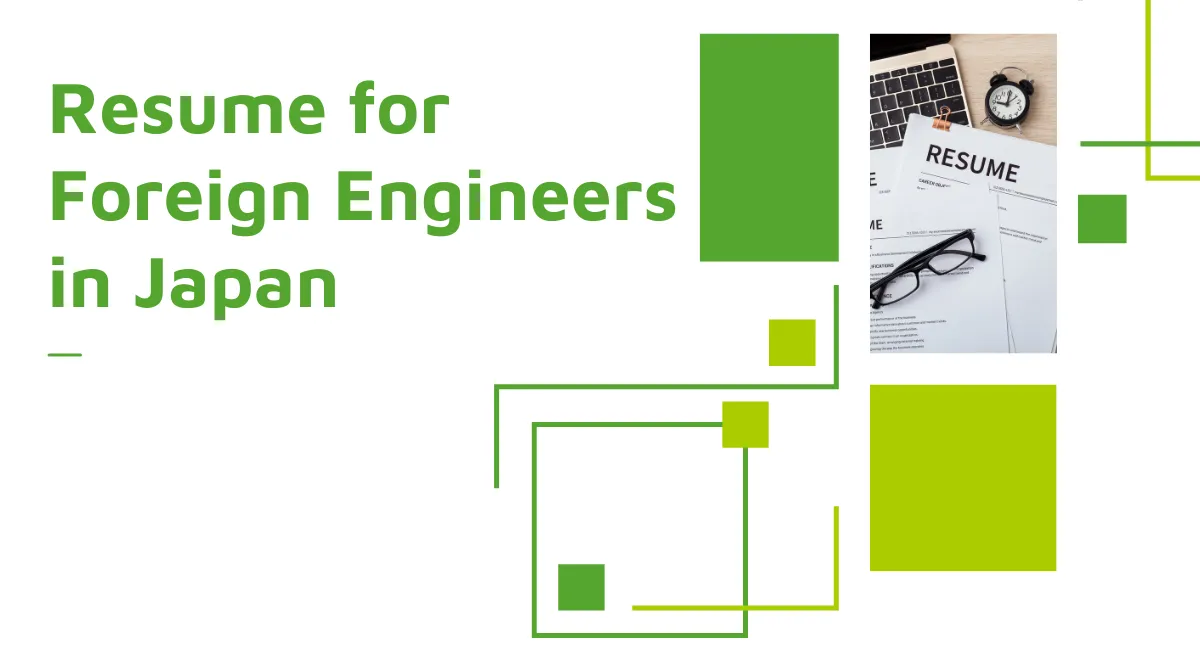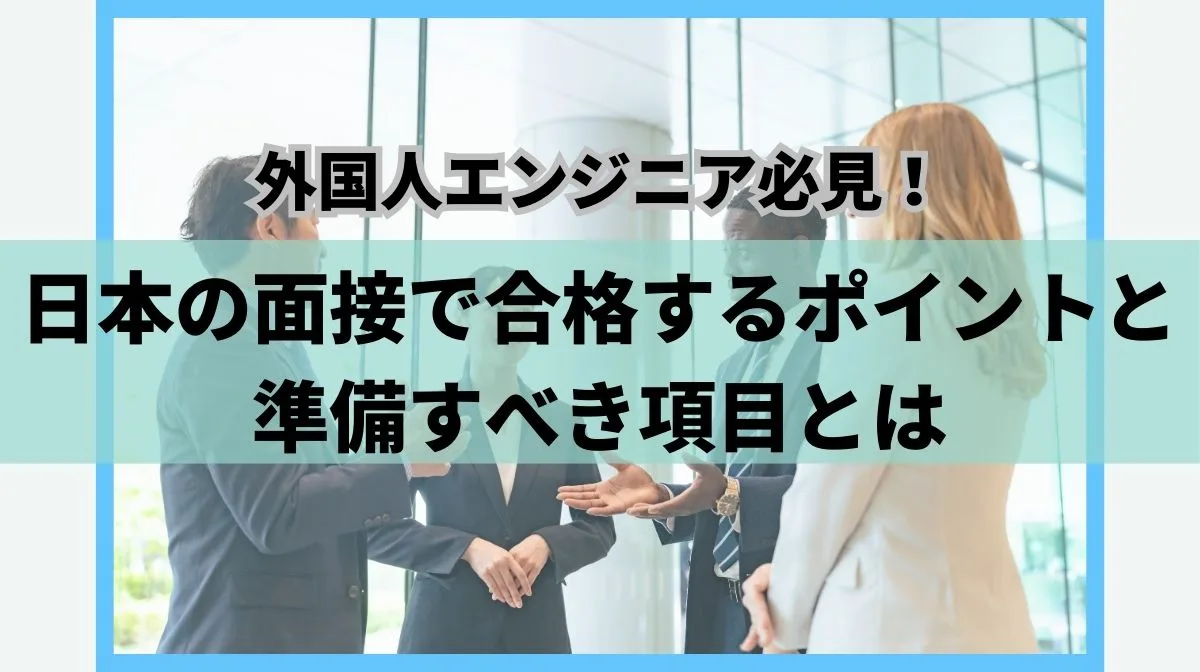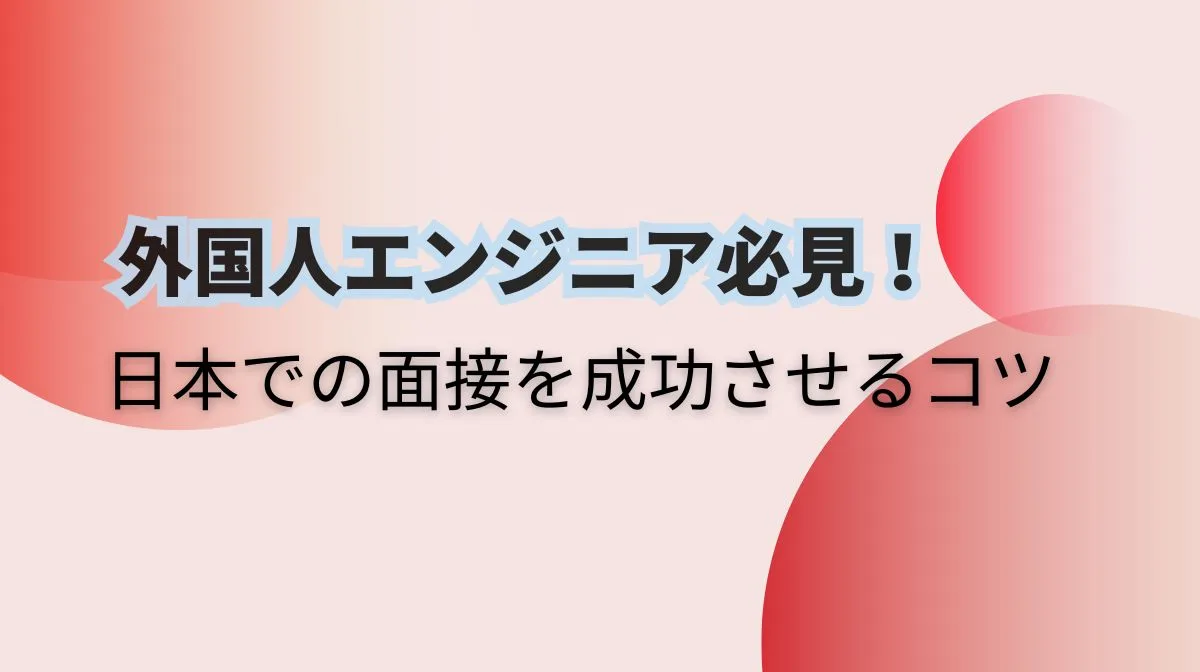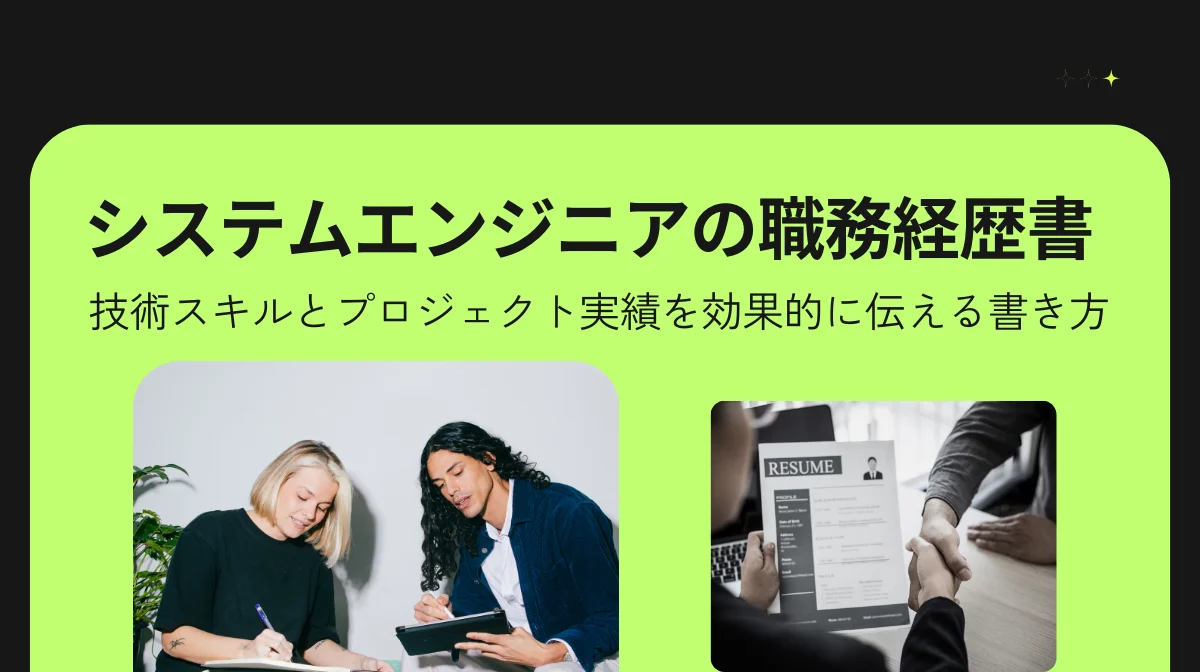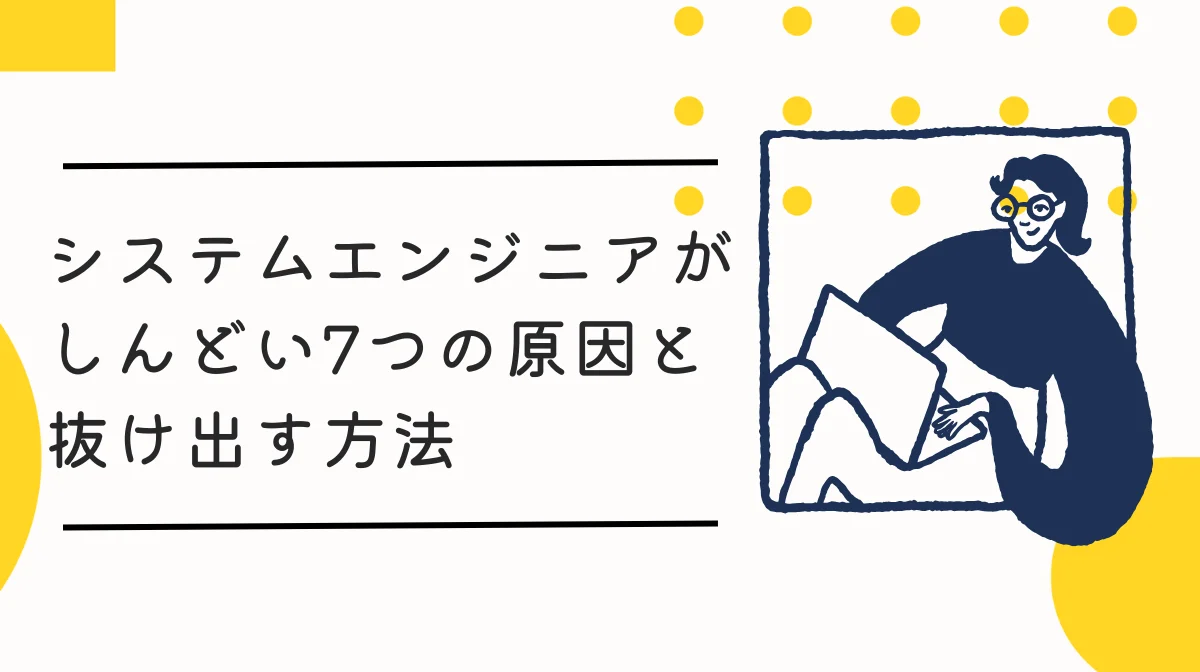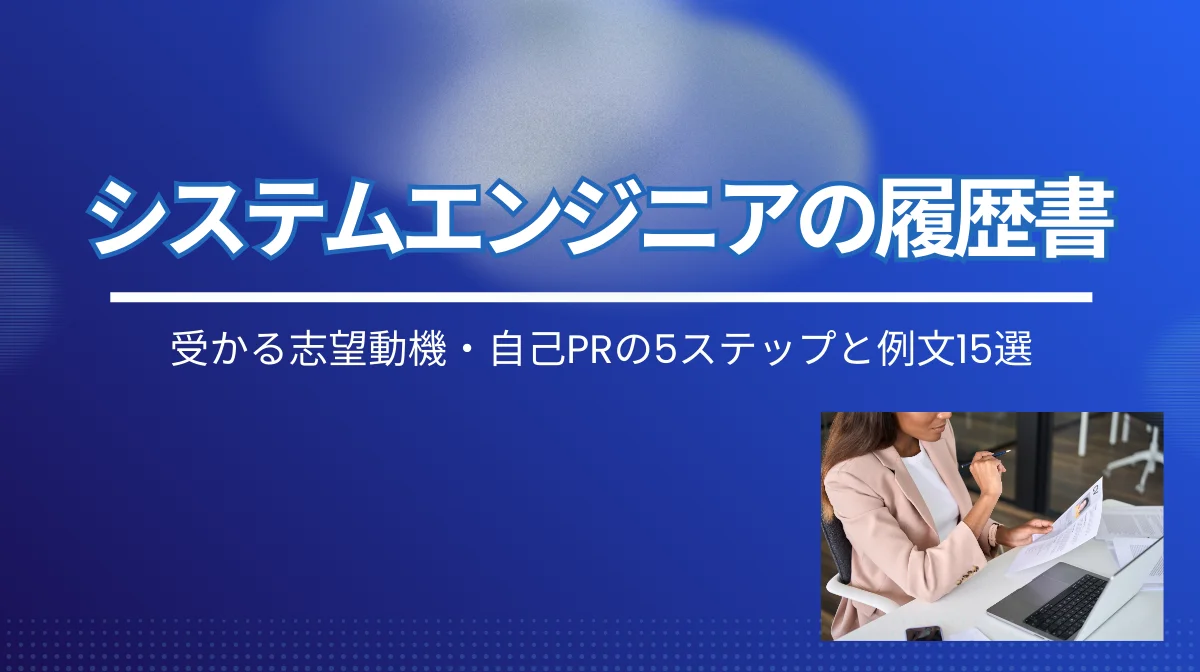The number of foreign engineers working in Japanese IT companies is increasing year by year. However, many find themselves struggling with Japan’s unique business etiquette and workplace culture.
This article provides a comprehensive guide to the knowledge needed to thrive in Japanese IT companies, covering everything from basic etiquette to digital communication and engineer-specific protocols.
- Core Japanese business etiquette for IT engineers
- Digital communication strategies in Japanese companies
- Overcoming cultural and language barriers at work
1. Basic Office Business Etiquette

Learning basic business etiquette before working in a Japanese office is essential.
Even if you can’t execute it perfectly, showing effort to follow proper etiquette leaves a good impression as it demonstrates respect for Japanese culture and others.
Basic Greetings
Greetings are fundamental to Japanese business communication. Here are some common examples
Arriving at work
“Ohayou gozaimasu” (Good morning)
Leaving work
“Osaki ni shitsurei shimasu” (Excuse me for leaving before you)
Meeting someone for the first time
“Yoroshiku onegaishimasu” (Please treat me kindly)
Business partners you regularly work with
“Osewa ni natte orimasu” (Thank you for your continued support)
“Otsukaresama desu” is also a versatile greeting that can be used when meeting people, parting ways, or expressing appreciation for someone’s hard work. While handshakes are common in foreign countries, bowing is the standard greeting in Japan.
Using Honorific Language (Keigo)
Honorific language (keigo) is one of the most challenging aspects of Japanese, but it’s essential in business settings.
Keigo can be broadly divided into three categories: “sonkeigo” (showing respect to someone of higher status), “kenjougo” (showing humility about oneself), and “teineigo” (polite language that can be used regardless of status).
Teineigo is the basic polite form using “desu/masu” and can be used with people of lower status, making it less formal than sonkeigo or kenjougo.
While it’s challenging for foreigners to master all forms of keigo, starting with teineigo is a good first step.
Business Card Exchange Etiquette
Business card exchange is a form of self-introduction when meeting external business contacts for the first time. There are specific protocols to follow.
Key points
- Always stand when exchanging business cards
- Hold your card at chest height with both hands when presenting it
- When giving your card, introduce yourself by saying “[Company name]’s [Your name] desu. Yoroshiku onegaishimasu”
- Generally, the person of lower status should present their card first
- When receiving a card: Accept it with both hands respectfully. Don’t immediately put the received card away in a card holder; instead, keep it on the table until the meeting ends.
Appearance and Dress Code
While Japanese offices are often associated with suit-wearing environments, more professions, including engineering, are adopting casual dress codes. However, maintaining a neat and clean appearance is universally expected.
If suits or uniforms are required, ensure shirts and trousers are properly pressed and shoes are polished. Follow any regulations regarding hairstyles, facial hair, makeup, and accessories if they exist.
Even in casual dress environments, avoid sloppy or overly distinctive clothing. Opt for simple, understated attire.
2. Digital Communication

Many Japanese workplaces, especially in the IT sector, are adopting remote work practices.
In remote work settings, proper etiquette in digital communication through email, chat, and online meetings becomes particularly important.
Writing Business Emails
Business emails are primarily used for formal communication with clients and superiors.
Basic rules for business emails
- Set a specific subject line that clearly indicates the purpose
- Begin the body with the recipient’s name including their title. For external recipients, use the format “Company Name + Department + Name-sama”
- Structure the email in this order: greeting → main content → closing
- Include a signature at the end with your name, department, and contact information
Example <External Email Template>:
Subject: [Project Name] Request for Confirmation Body: To: XX Company, XX Department, XX-sama
Thank you for your continued support. This is XX from XX Department at XX Company.
I am writing regarding XX matter. (Insert specific details here)
I apologize for troubling you while you are busy, but would appreciate your confirmation.
XX Company, XX Department XX (Name) Phone: XXX-XXXX-XXXX Email: XXXXX@XXX.jp
Business Chat Tool Etiquette
Business chat tools are used for quick internal communication and casual questions among colleagues.
While these don’t require the same level of formality as business emails, overly casual expressions should be avoided. Specifically, use polite language (teineigo) and limit emoji usage.
Respond to messages promptly when possible. Avoid sending non-work-related content or messages outside of working hours.
Online Meeting Etiquette
In online meetings, turn on your camera so participants can see each other’s faces. Maintain the same level of professional appearance as you would in the office.
Greet others at the beginning and end of meetings, and keep your microphone muted when not speaking. When speaking, articulate clearly and speak at a measured pace. Pay attention to your background environment as well.
■日本でエンジニアとしてキャリアアップしたい方へ
海外エンジニア転職支援サービス『 Bloomtech Career 』にご相談ください。「英語OK」「ビザサポートあり」「高年収企業」など、外国人エンジニア向けの求人を多数掲載。専任のキャリアアドバイザーが、あなたのスキル・希望に合った最適な日本企業をご紹介します。
▼簡単・無料!30秒で登録完了!まずはお気軽にご連絡ください!
Bloomtech Careerに無料相談してみる
3. Engineer-Specific Etiquette

Beyond general business etiquette, there are specific protocols engineers should be aware of.
Code Review Etiquette
Code reviews are crucial opportunities for improving team-wide skills. As a reviewee, remain calm and objective when receiving critical feedback.
In Japanese culture, showing courtesy is important, so remember to thank reviewers for their input.
As a reviewer, be mindful of others’ feelings when giving feedback. Japanese culture tends to avoid direct criticism, so rather than saying “this is wrong” it’s better to suggest improvements like “this might work better if modified in this way”
Communicating Technical Opinions
When sharing technical opinions, consider the other person’s position and knowledge level. Foreign engineers should be particularly careful about using local expressions that might make communication with Japanese engineers difficult.
Using the “PREP method” (Point, Reason, Example, Point) can help communicate ideas clearly and concisely, leading with conclusions for smoother communication.
Incident Reporting Protocol
When delays or system issues occur, first report to your supervisor and discuss countermeasures. Use the PREP method here as well to help your supervisor quickly grasp the situation.
Don’t forget to express remorse with phrases like “I apologize for causing this trouble” and gratitude with “Thank you for your support”
4. Understanding Japanese Workplace Culture

To adapt to Japanese offices, it’s important to understand Japanese workplace culture.
Implementing Ho-Ren-So
In Japanese workplaces, “Ho-Ren-So” (報連相) communication is particularly emphasized.
“Ho-Ren-So” refers to thoroughly reporting progress, results, and issues (Houkoku), keeping others informed (Renraku), and consulting with supervisors and team members (Soudan).
In team-based work, maintaining this information sharing and problem-solving mindset is crucial.
Understanding Overtime and Leave Policies
Japan is known globally as a country of overwork. However, in recent years, more companies are recognizing the importance of work-life balance and implementing work reform measures to reduce overtime.
Nevertheless, you might still be asked to work overtime during busy periods or when issues arise. While you shouldn’t push yourself too hard, it’s important to be aware of workplace conditions and project progress.
While paid leave is a worker’s right, you shouldn’t take it freely without consulting your supervisor and team. Obtain permission before submitting leave requests.
If colleagues cover your work during your absence, showing appreciation is good communication practice.
Participating in Company Events
Japanese offices often organize drinking parties and meals to build relationships among employees.
Some may also arrange recreational activities like games and sports, or company trips, though these are becoming less common.
While some people may resist spending time outside work hours or find social interaction challenging, consider participating actively to integrate into Japanese workplace culture, which values organizational harmony.
■日本でエンジニアとしてキャリアアップしたい方へ
海外エンジニア転職支援サービス『 Bloomtech Career 』にご相談ください。「英語OK」「ビザサポートあり」「高年収企業」など、外国人エンジニア向けの求人を多数掲載。専任のキャリアアドバイザーが、あなたのスキル・希望に合った最適な日本企業をご紹介します。
▼簡単・無料!30秒で登録完了!まずはお気軽にご連絡ください!
Bloomtech Careerに無料相談してみる
5. Common Issues and Solutions

Foreign workers in Japanese workplaces often face challenges due to cultural and language differences. It’s helpful to know problem-solving strategies and where to seek help in advance.
Dealing with Cultural Differences
Business practices, mindsets, communication methods, and etiquette vary significantly between Japan and other countries.
However, since these practices are second nature to Japanese people, they might not fully understand the difficulties foreigners face.
While it’s important to actively try to adapt to Japanese culture, don’t hesitate to consult supervisors or colleagues if there are things you don’t understand or find difficult to adapt to.
Overcoming Language Barriers
Language barriers present significant challenges. Japanese people often express opinions and feelings indirectly, which can be particularly difficult for foreigners to understand.
To address language issues fundamentally, consider utilizing Japanese language schools or e-learning resources to study Japanese language and communication styles. The Japanese Language Proficiency Test (JLPT) is also an important indicator of Japanese language ability.
When things are unclear, communicate needs like “Please speak more slowly” or “Please give more specific instructions” to supervisors and colleagues.
Showing enthusiasm for learning Japanese is very important. Non-verbal communication, such as maintaining a friendly expression, can also be helpful.
Where to Seek Help
If you’re uncomfortable consulting with supervisors, colleagues, or internal staff, consider alternative resources.
For example, the Ministry of Health, Labour and Welfare provides “Foreign Worker Employment and Settlement Support Services,” offering training to improve workplace communication skills and understanding of workplace culture.
Other Resources
- For labor condition issues: “Foreign Workers Consultation Hotline”
- For visa status matters: “Foreign Residents General Information Center”
- For employment/job changes: Hello Work offices
6. Steps for Adapting to Japanese Companies

Adapting to Japanese workplaces can be challenging for foreigners. To overcome obstacles, it’s important to plan for adaptation with a long-term perspective.
Pre-Employment Preparation
Many Japanese offices provide business etiquette training for new graduates. However, this training alone might not be sufficient for foreigners with different cultural backgrounds.
Therefore, it’s recommended to study Japanese business etiquette through books and online resources before starting work. Regarding Japanese language proficiency, JLPT N2 or higher is often desired.
Post-Employment Approach
To integrate into Japanese society and workplace and succeed in career development, continue working on Japanese language skills and cultural understanding while actively developing business-relevant skills after joining the company.
If you have concerns or issues, consider consulting with supervisors, seniors, or various support organizations.
If you feel exhausted from working in an all-Japanese environment, engaging in hobbies or joining communities of foreigners with similar experiences can help maintain mental and physical health.
7. Succeeding with Japanese Business Etiquette
Adapting to Japanese workplace culture is a significant challenge for foreign engineers. However, with a solid understanding of basic etiquette and an active approach to communication, you can definitely succeed.
Apply the knowledge shared in this article and accept support from those around you to grow step by step as a business professional in Japan.







